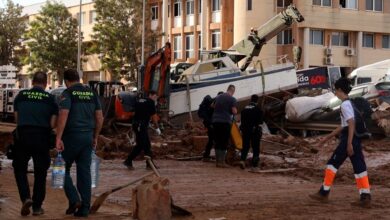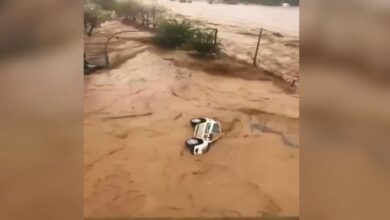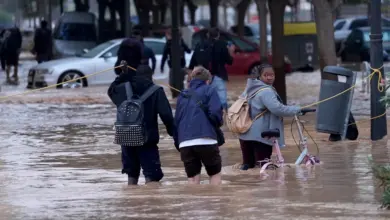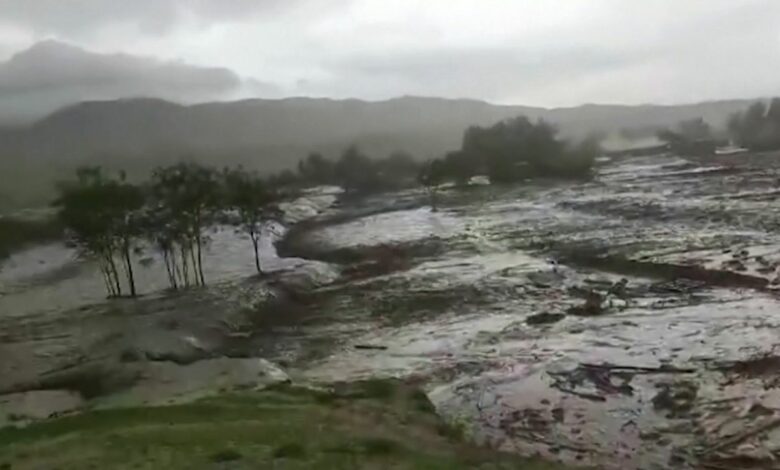
At least 300 people have died in flash flooding that has ravaged northern Afghanistan in recent days, the Word Food Programme said Sunday.
The provinces of Badakhshan, Ghor, Baghlan, and Herat have all experienced heavy flooding, which has also damaged nearly 2,000 homes, a communications officer from UN agency the International Organization for Migration (IOM) said in a statement a day earlier.
“Flash floods ravage Afghanistan, killing more than 300 people in Baghlan and destroying more than 1000 houses,” the WFP said in a post on X. “This has been one of many floods over the last few weeks, due to unusually heavy rainfall. WFP is now distributing fortified biscuits to the survivors.”
The International Rescue Committee (IRC), which is preparing its emergency response to the flooding that spans seven provinces, said “thousands” of people have been stranded without access to services.
“These latest floods have caused a major humanitarian emergency in Afghanistan, which is still reeling from a string of earthquakes at the beginning of this year as well as severe flooding in March,” said IRC Afghanistan director Salma Ben Aissa.
“Communities have lost entire families, while livelihoods have been decimated as a result,” she said.
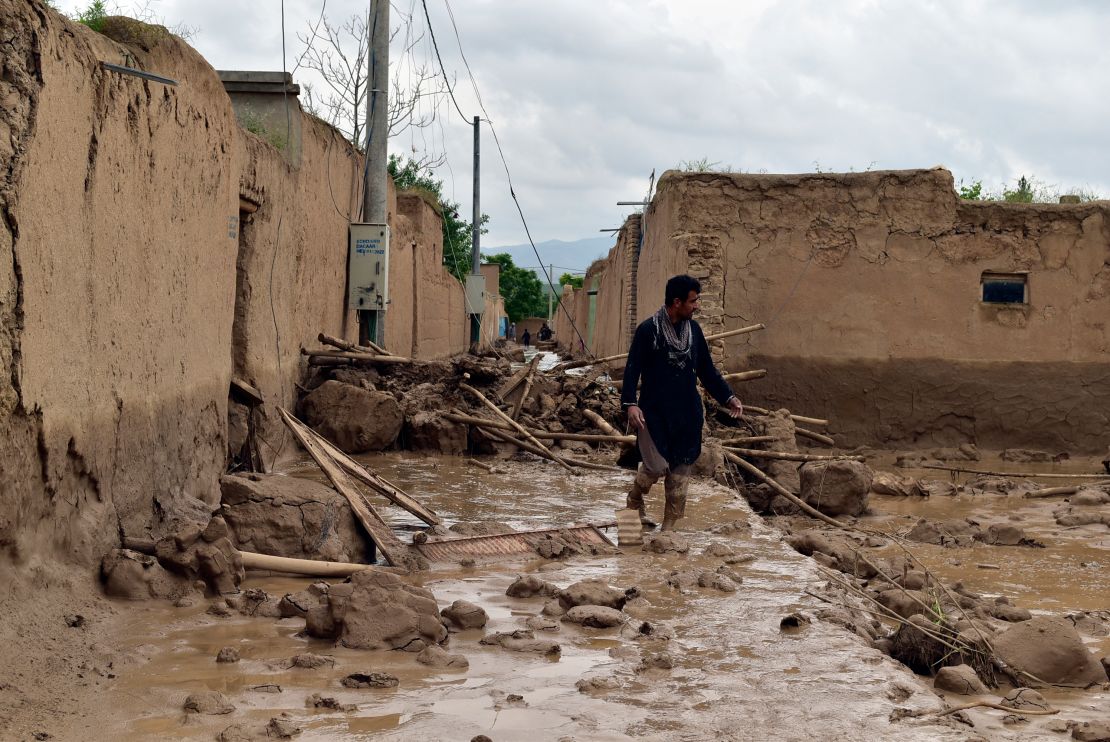
More than half of the 600,000 people affected by the floods are children, Save the Children reported in a statement, adding that it is sending a “a ‘clinic on wheels’ with mobile health and child protection teams to support children and their families.”
On Saturday, video captured by news agency Reuters showed mourners burying the dead in Baghlan province. One man named Gulbudeen described losing several family members in the floods.
“I lost five members of my family, two sons, two daughters, and their mother as a result of these devastating flash floods, we were standing on the other side of the flood, but we could not help them, and eventually the flood took the lives of our loved ones,” he recounted.
Residents in the village of Laqayi, also in Baghlan, tried to clean up the rivers of mud outside their homes on Saturday, video filmed by news agency AFP showed. Villagers could be seen wading through the deep pools of mud that appeared to have wrought extensive damage to dwellings.

The ruling Taliban acknowledged the “grievous toll” caused by the flooding in a statement posted Saturday on X by spokesperson Zabihullah Mujahid.
“Regrettably, hundreds of our fellow citizens have succumbed to these calamitous floods, while a substantial number have sustained injuries. Moreover, the deluge has wrought extensive devastation upon residential properties, resulting in significant financial losses,” Mujahid said.
The Taliban has tasked its interior ministry, the ministry of disaster management and local officials to “use all available resources” to rescue the stranded, retrieve dead bodies and provide medical treatment to the injured, Mujahid added.
The flash floods add to a string of recent natural disasters that the region has had to endure.
In April, unseasonal rainfall and floods killed more than 100 people in Afghanistan and Pakistan, according to authorities. More than 600 animals also died.
Flash floods also swept away dozens in Afghanistan in July, less than three months before thousands were killed by a powerful 6.3 magnitude earthquake that struck the western part of the country.

